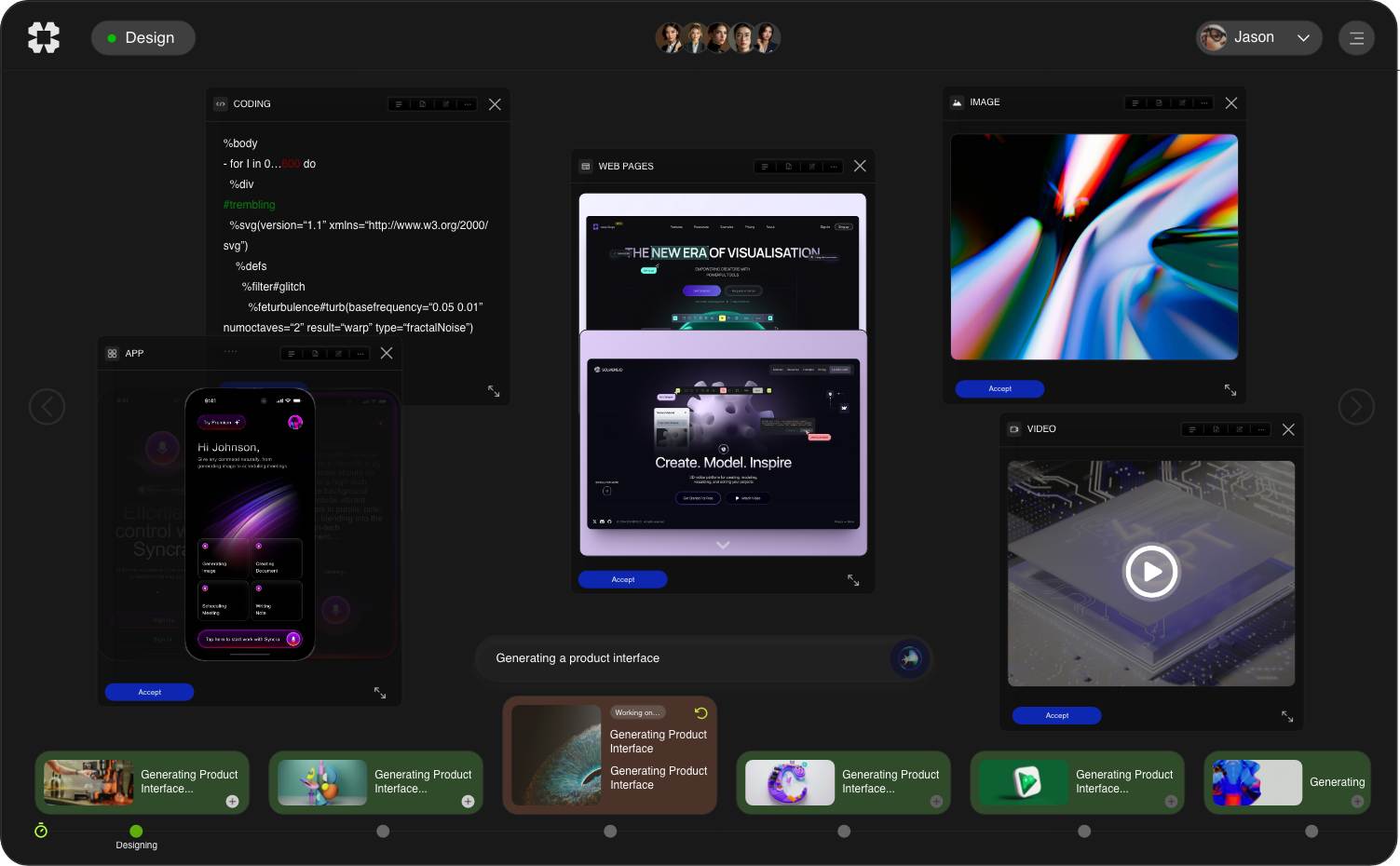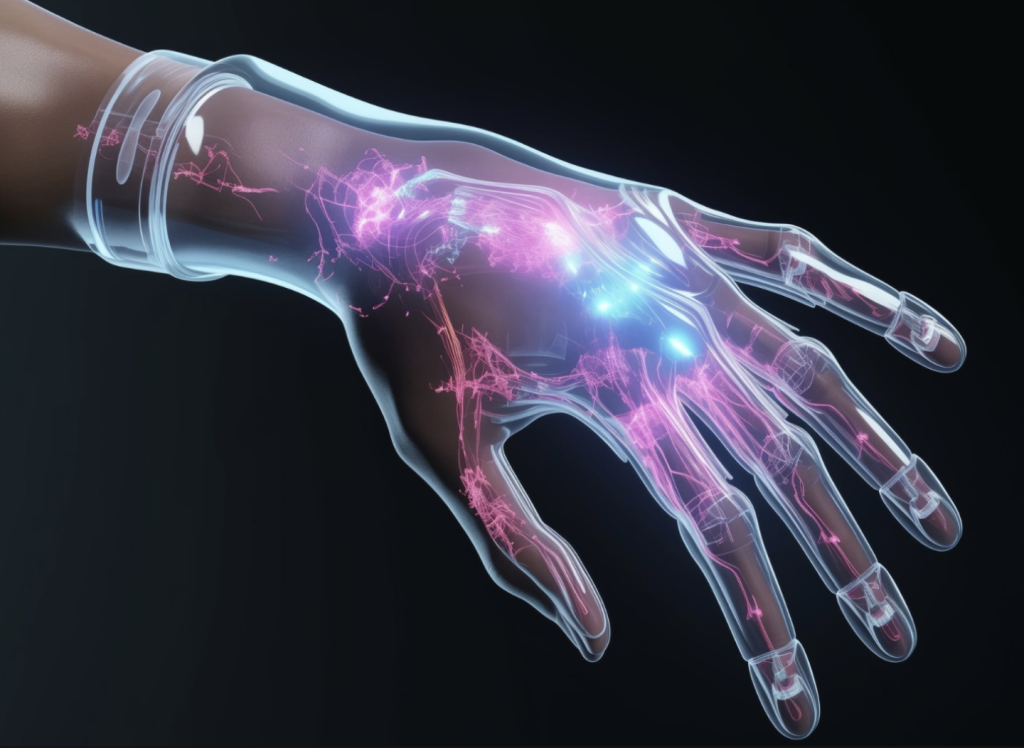In recent years, Artificial Intelligence (AI) has rapidly evolved, fundamentally transforming numerous sectors. From healthcare and finance to robotics and predictive analytics, AI has carved out a significant space for itself. This article examines the latest trends in AI development, its application in robotics, and its revolutionary impact on predictive forecasting, shedding light on the mechanisms by which these advancements shape industries.
AI Development: A Continually Evolving Landscape
The realm of AI development is characterized by rapid advancements and innovations. From machine learning to natural language processing, the methodologies and technologies involved in AI are advancing at an astonishing pace. Companies and researchers are continually exploring new avenues to enhance machine capabilities, leading to the emergence of various subfields within AI.
The integration of AI with other technologies, including big data analytics and the Internet of Things (IoT), has given rise to smarter and more responsive systems. For instance, modern AI algorithms enable machines to learn from vast amounts of real-time data, leading to improved decision-making and enhanced performance. The rise of cloud computing has facilitated access to these advanced AI systems, allowing organizations of all sizes to leverage powerful analytical tools previously reserved for tech giants.
Adding to this dynamic landscape, open-source frameworks like TensorFlow and PyTorch have democratized AI development, enabling a broader range of developers and researchers to contribute to and benefit from AI advancements. Moreover, ethical considerations and transparency in AI development have become focal points of discussion among experts, exacerbated by concerns regarding bias, accountability, and data privacy.
These dialogues are pivotal in guiding how AI evolves, as stakeholders strive to create responsible frameworks governing AI’s development and deployment. As the technology becomes increasingly pervasive, its scalability and ethical implications will remain areas of deep exploration and innovation.
AI in Robotics: Redefining Automation
Robotics is another domain fundamentally reshaped by the integration of AI. The interplay between AI and robotics enhances autonomous functionalities, leading to more adaptable and intelligent machines capable of operating in complex environments. This integration has paved the way for advancements in various applications, from manufacturing to healthcare and beyond.
In manufacturing, AI-powered robots improve operational efficiency, adaptability, and precision. They can learn from past experiences and optimize their assembly and logistics processes accordingly. Furthermore, collaborative robots, or “cobots,” work alongside human operators to enhance productivity and safety by performing repetitive tasks while humans focus on more complex decision-making processes.
The healthcare sector has also witnessed significant benefits from AI in robotics. Surgical robots, powered by sophisticated AI algorithms, enhance precision during procedures, leading to quicker recovery times and improved patient outcomes. Furthermore, AI-driven robots assist in rehabilitation, providing personalized therapy for patients recovering from injuries or surgeries.
Autonomous vehicles and drones represent another frontier in AI robotics. Companies like Waymo and Tesla are pioneering self-driving technology, employing AI to navigate complex roadways and adapt to changing conditions in real-time. Similarly, drones equipped with AI have applications ranging from delivery services to surveillance and agricultural monitoring.
As robotics continue to evolve through AI integration, it is crucial to consider the ethical dimensions of their deployment. Concerns about job displacement, privacy, and accountability challenge developers and organizations to ensure that these advanced systems contribute positively to society while addressing potential risks.
AI in Predictive Forecasting: The Crystal Ball of Business Intelligence
Predictive forecasting has emerged as a game changer in various industries, allowing organizations to anticipate trends, optimize resource allocation, and mitigate risks. AI technologies, particularly machine learning, have revolutionized predictive analytics by unlocking new levels of accuracy and insights.
With the ability to analyze vast datasets in real-time, AI algorithms can identify patterns that human analysts might overlook, thereby enhancing forecasting reliability. For instance, retailers leverage AI-driven predictive analytics to manage inventory more efficiently, leading to reduced waste and improved customer satisfaction. The technology predicts consumer behavior trends, examines preferences, and assesses market dynamics, empowering businesses to make informed decisions.
In finance, AI-powered predictive forecasting tools assess market behaviors and risks, enabling investment firms to optimize their strategies. By analyzing historical trends and macroeconomic indicators, these systems provide insights that facilitate better investment decisions, minimizing risks and maximizing returns.
The healthcare industry also benefits significantly from AI in predictive forecasting. By analyzing patient data and health trends, predictive models can forecast disease outbreaks, optimize treatment plans, and improve patient outcomes. AI aids clinicians in identifying high-risk patients, allowing for timely interventions that enhance care quality.
Moreover, predictive analytics in supply chain management utilizes AI to forecast demand and supply disruptions, enabling companies to implement proactive strategies to mitigate risks and enhance efficiency. Organizations can optimize operations, thus gaining a competitive edge in increasingly dynamic marketplaces.
The Future: Navigating Challenges and Opportunities
As AI technology advances, it becomes increasingly critical to address the challenges that arise alongside newfound capabilities. Ethical considerations, including bias mitigation, bias tracking, and transparency in AI decision-making processes, are paramount in fostering public trust and acceptance.
Integration efforts pose technical challenges as well; ensuring interoperability between AI systems and existing infrastructures is essential to derive maximum benefits. Technical challenges include ensuring data quality and creating robust models that account for variability across different domains.
Despite these challenges, the future of AI development, robotics, and predictive forecasting is promising and full of potential. By investing in research, fostering collaboration among academia, industry, and government, and prioritizing ethical considerations, stakeholders can unlock the true power of AI to revolutionize industries while ensuring responsible usage.
In conclusion, the continued evolution of AI technologies, their integration into robotics, and their power in predictive forecasting promise to drive significant transformations across industries. Embracing these innovations while navigating the accompanying challenges will be vital for organizations aiming to harness AI’s full potential in the years to come.
**Sources:**
1. Russell, S., & Norvig, P. (2016). Artificial Intelligence: A Modern Approach (3rd Edition). Pearson Education.
2. Bock, T., & Fahl, M. (2018). Robotics: Advances and Applications in Surgery. Springer.
3. Hinton, G. E., et al. (2012). Deep Learning. Nature, 521(7553), 436-444.
4. Maimon, O., & Rokach, L. (2010). Data Mining and Knowledge Discovery Handbook. Springer.
5. Ng, A. (2022). AI for Everyone. Coursera.
By diving into the fascinating intersection of AI, robotics, and predictive forecasting, we can better understand how these technologies will shape our future and offer solutions to some of society’s most pressing challenges.

























